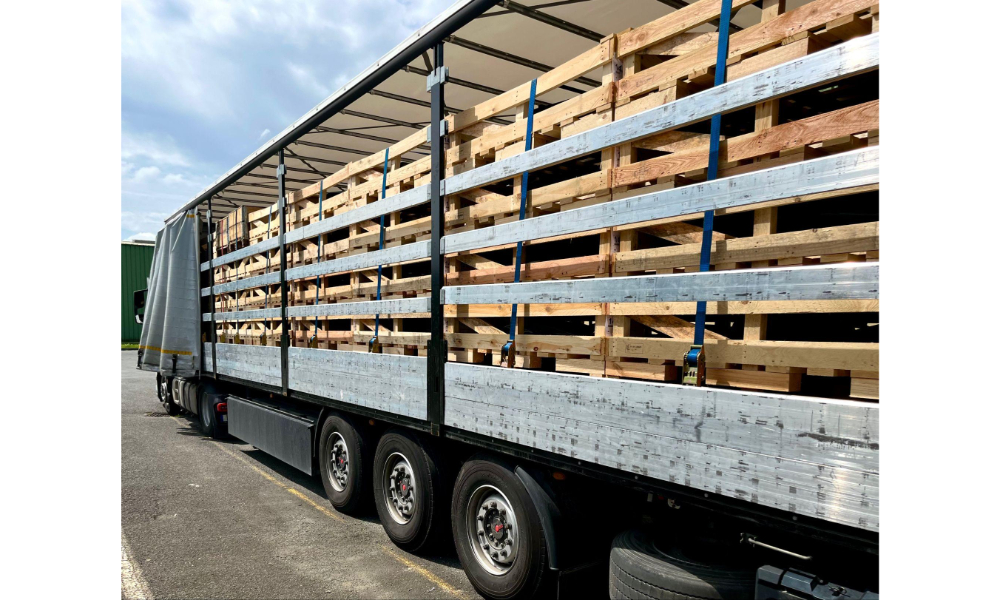From minimalist boutiques to immersive pop-ups, the way a space is designed often matters as much as the products themselves. Retail design in Singapore is about shaping environments that capture attention, spark curiosity, and keep customers coming back. And then there’s the fast-rising phenomenon of pop-up store interior design with bold personalities. These spaces create urgency and excitement, often becoming destinations in their own right. To understand how both long-term retail spaces and temporary pop-ups win the hearts of shoppers, let’s break down the essentials with lists, game-changing ideas, guides, and cost-value reflections.
Elements Every Retail Space Needs
Retail spaces are carefully planned ecosystems. Any strong retail design in Singapore begins with clear zoning: entryways that invite, display zones that intrigue, and checkout points that feel seamless rather than obstructive. Lighting is another crucial piece. Warm tones can make products appear more appealing, while spotlighting highlights of hero items that deserve centre stage.
Material choice is just as important. Natural textures like wood or stone can suggest quality and sustainability, while sleek metals or glass suggest modernity and innovation. In smaller pop-ups, flexible fixtures and modular shelving are particularly valuable. These allow rapid rearrangements as stock changes or promotions rotate.
Finally, the element of storytelling should not be overlooked. Design is about displaying products and placing them within a narrative that resonates with shoppers. Whether it’s eco-conscious values or bold urban aesthetics, successful spaces communicate identity through every design detail.
Bold Ideas That Shift the Retail Scene
Retailers in Singapore are no strangers to experimentation, but some ideas truly redefine how people experience spaces. One game-changing trend is the integration of digital into physical. Screens that respond to movement, or QR codes that link displays to exclusive online offers, blur the boundaries between e-commerce and brick-and-mortar.
Another transformative shift is sensory design. Imagine a pop-up store interior design that uses scent diffusers to trigger memories, or curated playlists to reinforce brand identity. These subtle touches can create powerful emotional connections, influencing how long customers linger and how much they buy.
Community-driven spaces are also changing the game. Retail outlets increasingly host workshops, talks, or even small performances within their stores. This builds loyalty through products and shared experiences. Pop-ups, with their shorter lifespans, excel at transforming a shopping trip into a cultural event.
Designing with Purpose
Designing a retail environment or pop-up is about aesthetics and aligning space with function and strategy. Start by clarifying objectives. Is the goal to drive sales, build awareness, or create an Instagrammable moment? Each goal influences decisions about layout, lighting, and décor.
Traffic flow is a major consideration. In a permanent retail design in Singapore, wide aisles and intuitive navigation are essential to prevent congestion. In contrast, pop-ups often thrive on compact, intense experiences where discovery feels like treasure hunting.
Furniture and fixtures must balance beauty and utility. Displays should highlight products without overwhelming them, while leaving room for staff to move comfortably. In pop-up store interior design, lightweight and portable structures become invaluable, ensuring smooth assembly and dismantling.
Compliance and safety can’t be overlooked. Electrical wiring for lighting and displays, fire safety exits, and accessibility considerations are all part of responsible design. No matter how striking a space looks, it fails if it isn’t functional and safe for all visitors.
The Smart Investment Debate
One of the biggest questions brands ask is whether design investments pay off. The truth is, good design rarely comes cheap, but its value extends far beyond surface appeal. A well-executed retail design project can increase dwell time, improve staff efficiency, and boost sales through smarter layouts and displays. These returns compound over the long term, making initial investments worthwhile.
With pop-up store interior design, costs are often compressed into shorter timeframes. Because pop-ups may last weeks rather than years, spending must be strategic. Portable materials, reusable fixtures, and modular setups can stretch budgets further. At the same time, the exclusivity and buzz of a pop-up can justify higher per-day spending, as they often achieve concentrated bursts of visibility and sales.
It’s also worth noting that poor design carries hidden costs. A confusing layout or uninspiring space can drive customers away, reduce sales, and tarnish brand reputation. By contrast, thoughtful investment in design fosters customer trust and engagement, delivering value that extends far beyond immediate revenue.
Spaces That Speak Louder Than Words
Retail environments are silent salespeople, storytellers, and brand ambassadors. For businesses navigating Singapore’s competitive landscape, investing in retail design or experimenting with pop-up store interior design is about creating meaningful connections with people. When design is treated as strategy rather than decoration, spaces create experiences that linger long after the customer has left.
Thinking of transforming your space? Visit Dezign Format today and explore how retail design could turn ordinary shopping into unforgettable experiences.




